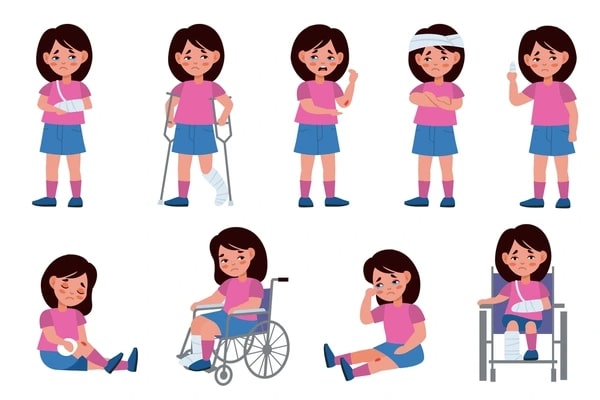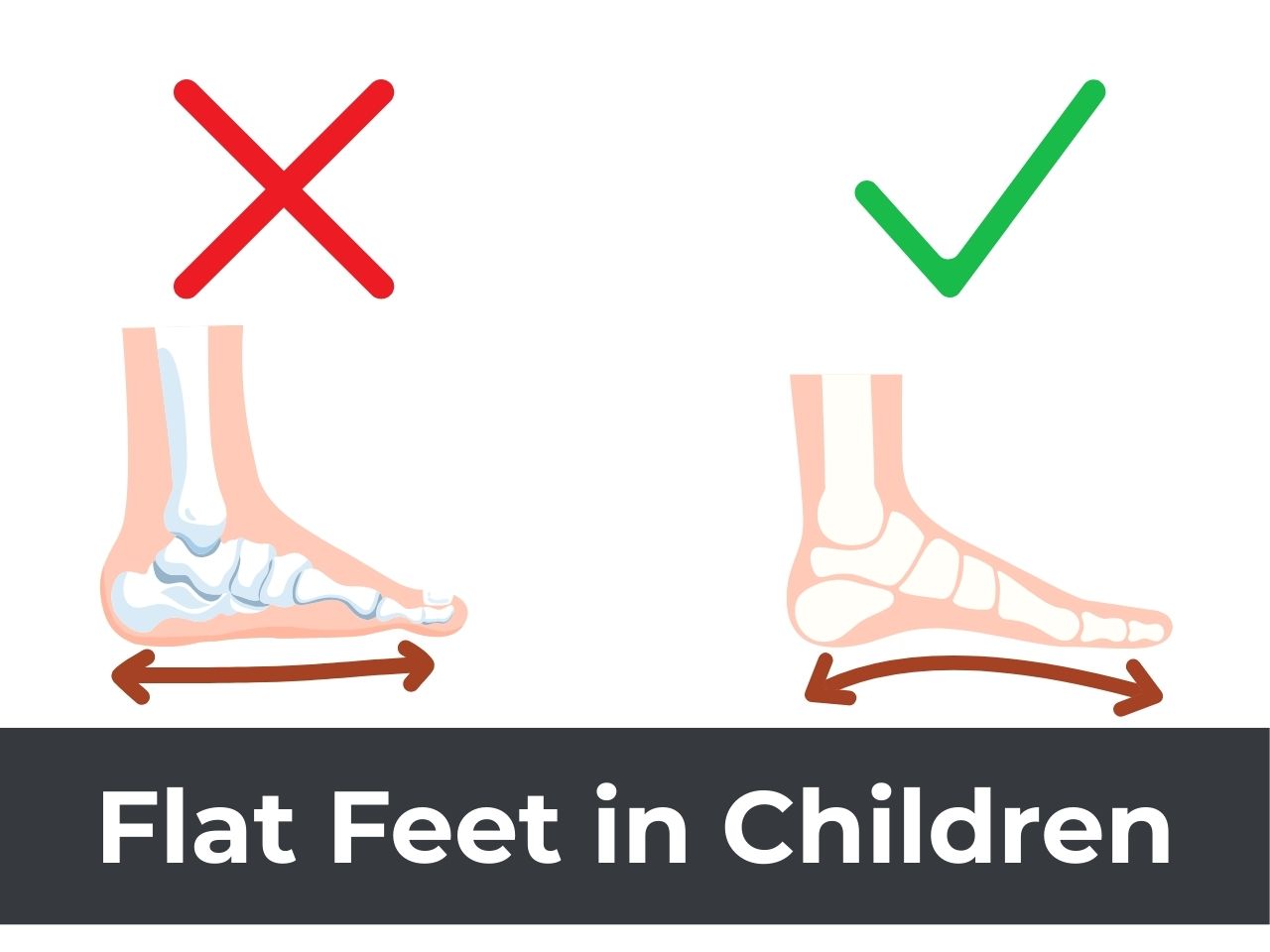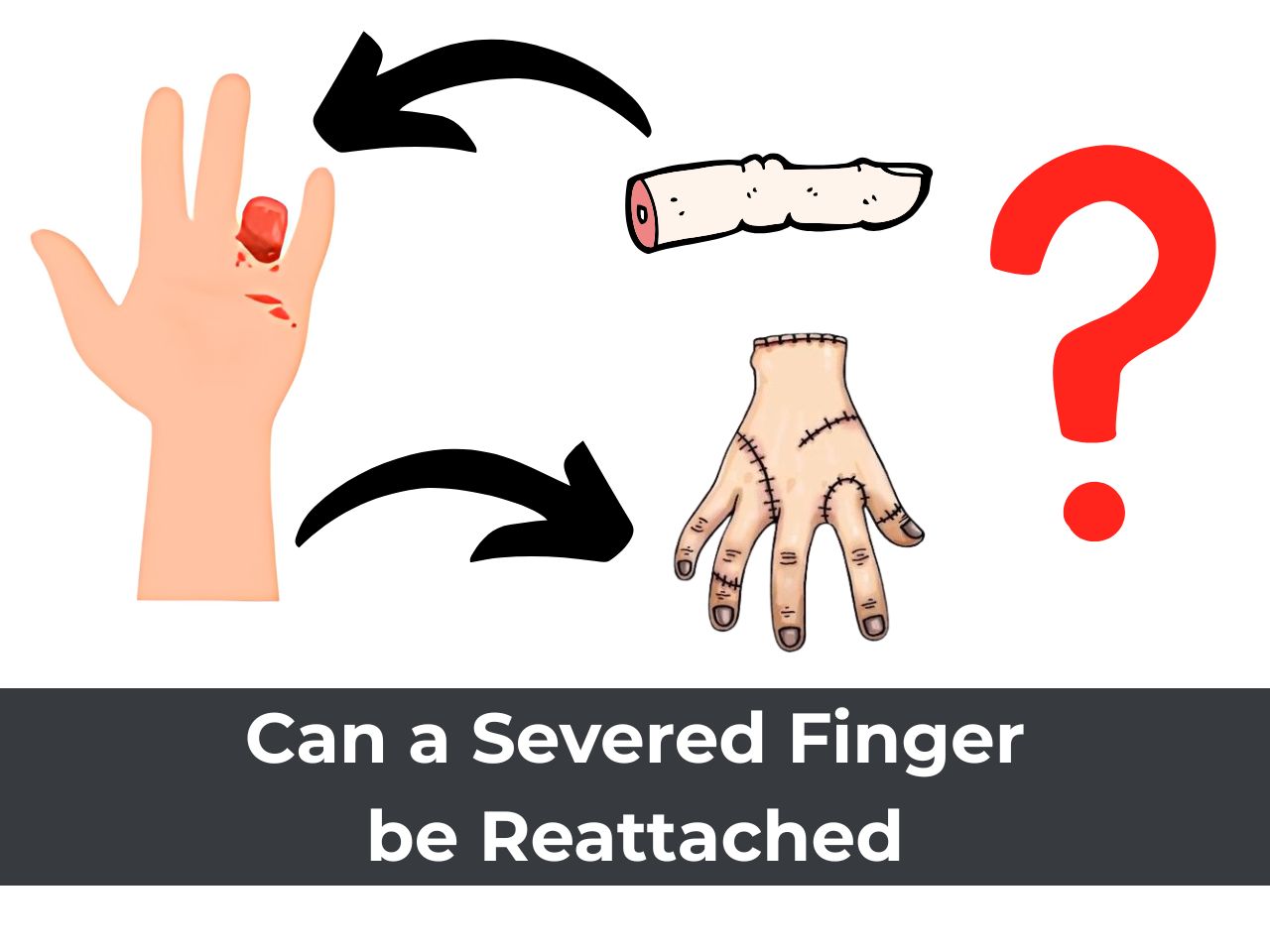Background:
The incidence of late presenting Developmental Dysplasia of Hip (DDH) in Indian children is disproportionately high. In the absence of a formal screening program, there is a high rate of failure to detect DDH in the first year of life. It is well documented that treatment delay significantly complicates management of DDH and children detected after the first year of life mostly need to undergo surgical treatment.
Furthermore, evidence from countries which have implemented a DDH screening program shows that such programs (which can be either universal screening or selective screening) significantly decreases the incidence of late detection of DDH.
However, screening programs from Western countries can’t be simply aped in Indian conditions since there is a vast discrepancy in the availability of resources and expertise. Hence, the need to formulate Indian surveillance guidelines were prepared keeping in mind ground realities in India.
Formulation of Indian DDH surveillance guidelines:
In 2022, a multi-disciplinary expert group comprising members of The Pediatric Orthopaedic Society of India (POSI), Indian Academy of Pediatrics (IAP), National Neonatology Forum of India (NNFI), Indian Radiological and Imaging Association (IRIA), Indian Federation of Ultrasound in Medicine and Biology (IFUMB), Federation of Obstetric and Gynaecological Societies of India (FOGSI), and Indian Orthopaedic Association (IOA) presented consensus guidelines for surveillance for Developmental Dysplasia of Hip (DDH) in infants (click here to access full-text of the article).
Indian DDH surveillance guidelines:
The salient features of the Indian surveillance guidelines are:
A. Note the use of the term “surveillance” in lieu of “screening”. This signifies that hip examination needs to be performed at different points of time and not just at a single occasion. The reasons for these repeated checks are high rate of missed diagnosis on a single clinical examination (especially if the child is irritable) and the now well documented incidence of late-onset dysplasia (hips are normal at birth but turn dysplastic sometime later in infancy).
The guidelines propose hip clinical examination at birth (immediately after birth and at discharge), 6 weeks, 10 weeks, 14 weeks, 6 months, 9 months, 12 months, 15 months and 18 months age. Most of these timepoints align with vaccination visits as recommended in the National Immunization Schedule.
1. The minimum clinical tests to be performed at each exam include:
(A)-For children < 14 weeks age:
(1)- Ortolani test: This is a clinical test where attempt is made to reduce a dislocated hip. Positive Ortolani test implies that the hip is dislocated at rest but can be reduced on performing the Ortolani manoeuvre.
(2)- Barlow test: This is a clinical test where attempt is made to dislocate a reduced hip. Positive Barlow’s test implies that the hip is reduced at rest, but it is unstable and can be dislocated on applying stress by the Barlow’s manoeuvre.
B- For children 14 weeks to 6 months age:
1- Limited hip abduction: In an infant, hips when flexed to 90 degrees can be abducted sufficiently so that the lateral surface of thigh touches the examination couch. Failure to do so indicates restricted abduction.
2- Galeazzi sign/ leg length discrepancy (Figure 1).
Figure 1: Galleazzi sign

c- For children more than 6 months age:
1-Limited hip abduction (Figure 2).
2- Galeazzi sign/ leg length discrepancy
3- Limp (if child is walking)
Figure 2: Restricted hip abduction

C- Identification of risk factors:
Positive risk factors for DDH include:
1-Breech presentation
2-Positive family history
3-History of restrictive swaddling after birth (click this link to read our review article on hip safe swaddling).
D-Referral to orthopedics:
Referral to orthopedics for appropriate evaluation and treatment should be made without any delay in the following situations:
a- Positive Ortolani test (implies hip dislocated at rest but is reducible).
b- Positive Barlow test in a child > 6 weeks age (implies hip stable at rest but can be dislocated on applying stress).
c- Positive Galeazzi sign/ leg length discrepancy
d- Limited hip abduction
e- Limp in walking age child
E. Referral for imaging:
a. Imaging of the hips is recommended in following situations:
1-Positive Barlow test in a child < 6 weeks age (implies hip stable at rest but is dislocated on applying stress).
2-Positive risk factors.
3-Equivocal clinical examination.
F. Choice of imaging:
1- < 14 weeks: Ultrasound of both hips.
2- > 14 weeks: Antero-posterior X-ray of Pelvis + both hips.
I. Timing of imaging:
Referral for Ultrasound examination should be deferred till the child is 6 weeks age. Ultrasound at an earlier age risks mis-diagnosing a physiologically immature hip as a dysplastic hip thereby resulting in over-treatment in this age group.
Conclusion:
The Indian DDH surveillance guidelines are simple and can be implemented with available resources in our country. Adherence to these guidelines can potentially decrease incidence of late detected DDH which in turn can decrease the need for more aggressive and complex surgical interventions. (implies hip stable at rest, but is dislocatable on applying stress)






0 Comments